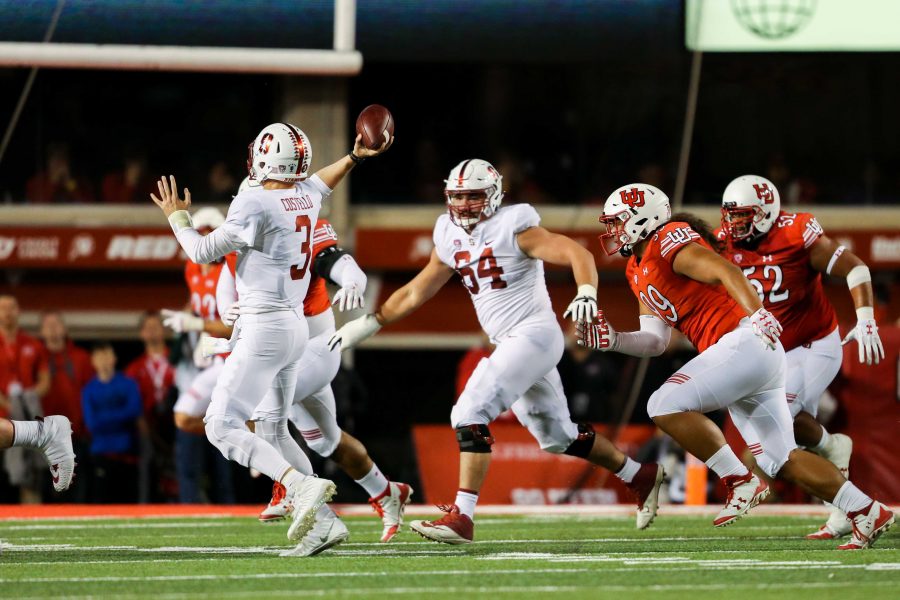The University of Utah football team prides itself on its ability to protect, or attack quarterbacks. Utah’s record-setting offensive line saw all five starters picked in the NFL Draft just two years ago and even in rebuilding, the Utes have a solid presence on the offensive line. Similarly, the defensive line is a staple of a tough-to-beat defense with a reputation for pounding offensive lines and getting to opposing teams’ quarterbacks on every available opportunity. The responsibility of organizing the defensive line falls not to head coach Kyle Whittingham, but to defensive line coach Gary Andersen. Andersen comes from another coaching job with Oregon State and a job with the Wisconsin Beavers — two storied football organizations with a wealth of experience. Andersen has had two prior stints with the Utes (1997-2002, 2004-2008), and was let go by the Beavers after a poor 1-5 start last year. Having coached alongside Urban Meyer, Andersen has a vault of knowledge in attacking lines and using the strength of the defensive line to dominate the pace of play. Sacks are important, but quarterback hurries — an instance in which the defensive lineman forces the quarterback to make a quick decision — is equally important when figuring out the quality of a defensive line.
For the sake of analysis, looking at players in specific positions isn’t fair because the line is constantly rotating and experimenting with different combinations of players at different positions on the line. We can, however, formulate a line strength by digging into statistics. Last year, the line was largely rebuilt after the NFL draft but was still able to be a constant presence on the field. The D-line caused 19 fumbles last year, recovering 13 of them. That may not sound like a lot, but averaging more than one forced fumble a game can have a profound effect on the momentum of a game. Even knowing how well a defensive line operates can affect the mentality of an opposing team’s game plan.
In the Pac-12, the D-line stands relatively tall among the other lines in the country. Many sources have them ranked behind only USC in the Southern Division, and with camp reports coming back overwhelmingly positive. Washington is favored overall, but Stanford — Utah’s closest rival and potential enemy in the Pac-12 Championship game — is ranked fourth in the Northern Division, which can help the Utes when they travel to play the Cardinals in October. Overall, Utah’s defensive line is in the upper echelon in the Pac-12, and with returning veterans such as Pita Tonga, Aaron Amaama, and Leki Fotu will hold a steady spot among a turnstile of up-and-coming defensive linemen.
Defense is not always what wins football games, but a strong defensive front that can disrupt play enough to force mistakes and turnovers can make huge differences on a game-to-game basis. The Utah defensive line will use their stout defense for just that purpose.


